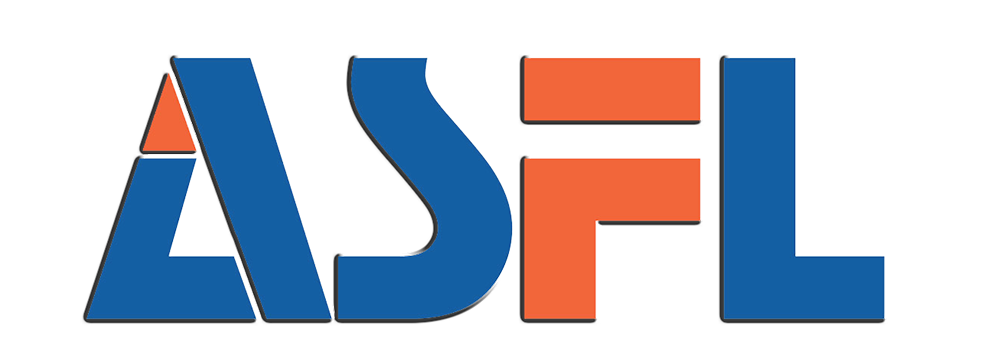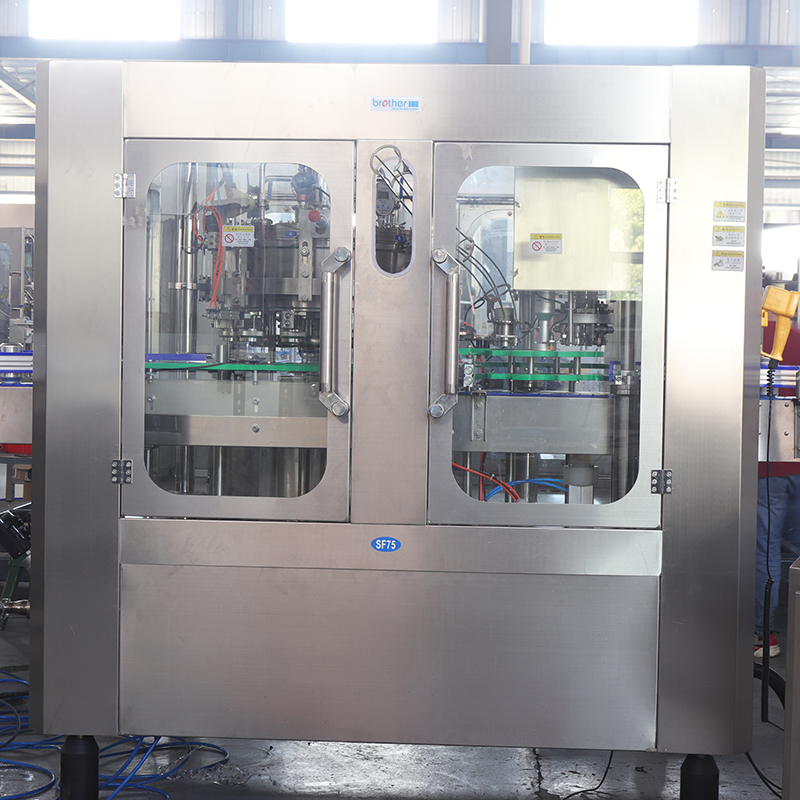The fill line of the filling machines itself can also be optimized for better efficiency, lower costs and higher quality. First of all, it is essential to organize the efficient work flow in the filling line. Position the machines as optimal as possible with respect to the process, cut the distances travelled by materials between different machines and try to find the bottleneck processes to improve them. The modernization of the levels of automation and artificial intelligence is also an integral part of the optimization. Remove the need for human involvement by adding automatic feeding, automatic detection and automatic packing machines, and raise the speed and stability of production by introducing an intelligent monitoring system that allows for instant changes to the filling process.
As for filling volume calibration, it is necessary to periodically carry out filling machine calibration and maintenance of the filling machines to maintain the accuracy of the filling volume, limit wastage and avoid out of specification products. ;Filling errors can also be lessened if a more accurate flow control system is deployed, thus increasing the uniformity of the products. In the interim, developing the operational abilities of workers and providing standardised operation guidelines may enhance operational efficiency and precision while reducing human error and guaranteeing proper production line functioning.
Optimizing the production processes is facilitated by real-time quality control and data tracking. In order to ensure that potential issues are rectified and taken care of, real-time detection equipment such as filling volume and sealing performance can be utilized. Not only that, but it is also possible to enhance production quality and efficiency over time by monitoring production data to see where potential improvements could be made. While managing the capacity, a steady production rhythm is established to prevent extreme use of the equipment. The production plan is also modified in line with the market needs in order to cut inventory buildup and avert resource wastage.
Lastly, effective material and packaging techniques must be chosen. It is essential to select packaging materials that are lightweight, environmentally safe, and simple to fill in order to avoid challenges with running an effective package which seals properly whilst restricting the speed at which filling occurs so as to find a balance between efficiency and quality. The integration of above measures will lead to substantial increase in overall efficiency and stability of the production line, consequently cutting costs and improving the competitive edge of the products.

 EN
EN
 AR
AR
 FR
FR
 DE
DE
 PT
PT
 RU
RU
 ES
ES
 TR
TR




